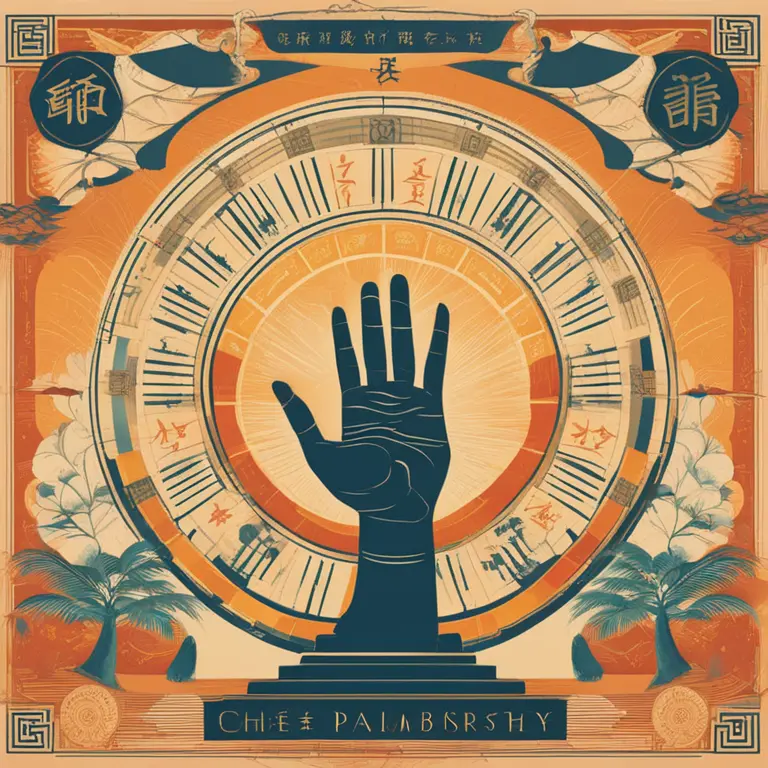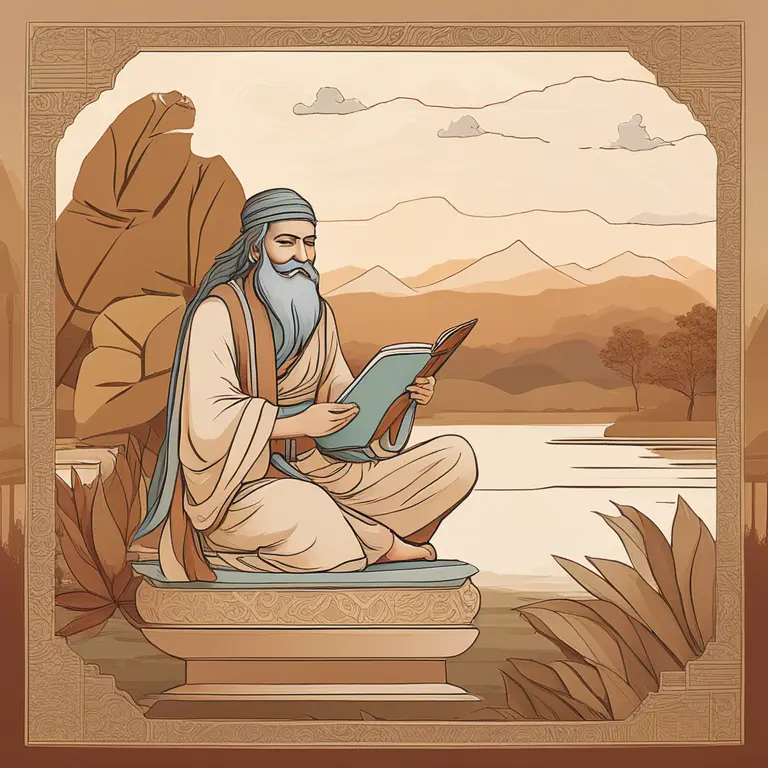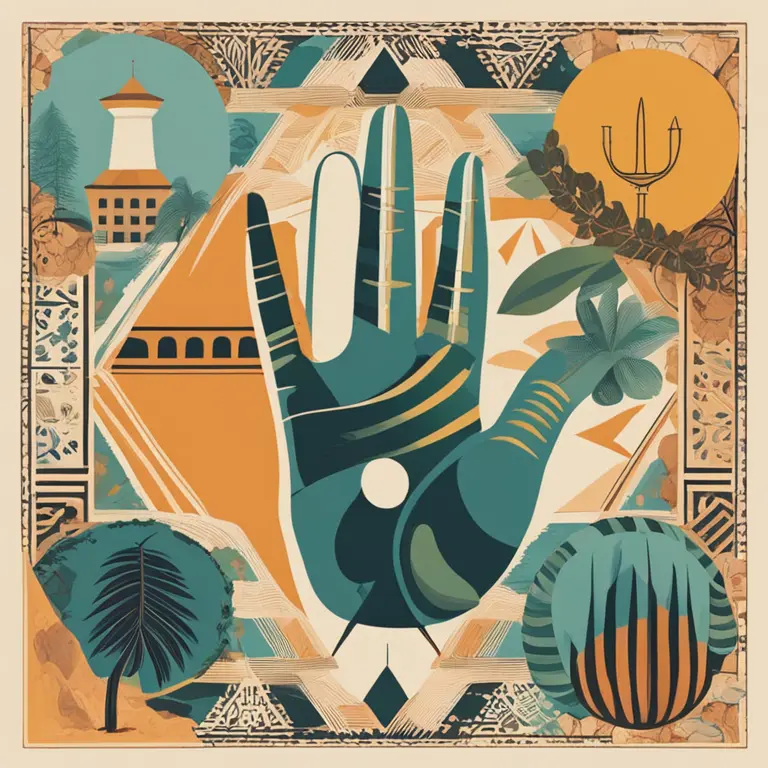
The Origins of Palmistry: Tracing Its Foundations
Delve into the historical roots of palmistry and discover the figures and civilizations that contributed to the development of this ancient practice.
article by Nora Pennington
The Dawn of Palmistry
Palmistry, the art of interpreting the lines and features of the hand, is believed to have origins that are as ancient as civilization itself. Its roots are deeply intertwined with human curiosity about the self and the future. Although it is challenging to pinpoint an exact founder, the earliest records suggest that various forms of hand analysis were present in different cultures around the world. Historical references indicate that palmistry was practiced in ancient India, China, and Egypt, making it a truly global phenomenon from its inception.

The Indian Genesis
In India, the practice is closely associated with Hindu astrology, known as Jyotisha, and has connections to the ancient scriptures called the Vedas. The sage Valmiki is believed to have composed a text on palmistry known as 'The Teachings of Valmiki Maharshi on Male Palmistry', indicating the significance of palm reading in Vedic thought. This treatise is reputed to have laid the groundwork for many of the principles applied in palmistry even today.

Chinese Contributions
Chinese palmistry dates back thousands of years, possibly as far back as 3000 BC. The I Ching, or "Book of Changes", an ancient divination text, references the importance of hand analysis in understanding both the world at large and the individual's place within it. Chinese palmistry focused on the balance of yin and yang energies and the five elements, which are integral to traditional Chinese philosophy and medicine.

A Scholarly Approach in Ancient Greece
In Western traditions, the practice of palmistry was influenced by the works of Aristotle. The Greek philosopher is said to have written a detailed treatise on palmistry, presenting it as a branch of knowledge in his vast collection of works. It's believed that his writings on the subject were later discovered by Alexander the Great, who took a great interest in examining the character of his officers by analyzing the lines of their hands.

Islamic Insights
In the Islamic world, palmistry was practiced in the context of physiognomy, which involved the study of the human face and form for signs about one’s character or destiny. Islamic scholars like Ibn Qutaybah, in his book 'The Art of Hand Reading', delved into the lines of hands to describe personal traits and life events. While not as prominently showcased, the influence of Islamic thought on palm reading has been noted in the historical propagation of the practice.
Integration into European Culture
The spread of palmistry into Europe can be greatly attributed to gypsies, who brought with them the knowledge of palm reading from their travels across Asia and North Africa. In the Middle Ages, the Catholic Church suppressed palmistry, along with other forms of divination. Despite this, palmistry continued to be practiced throughout the Renaissance, when intellectuals began studying it as a scientifically-grounded pursuit, separating it from its more superstitious origins.
Modern Palmistry
As we reach the era relevant to the year 2024, palmistry has experienced a resurgence, seen as both a mystical art form and a tool for self-awareness. Modern palmists combine traditional interpretations with psychological aspects, aligning the practice with contemporary holistic and self-help movements. There is no single founder of palmistry, but rather a mosaic of cultural influences and scholarly work that have shaped the practice into what it is today.
Published: 1/11/2024
Modified: 1/12/2024
More predictions
Come back here soon to learn more about yourself and your future


Can We Trust Palmistry?
Delving into the realm of palmistry, this article examines its credibility and place in contemporary spiritual practices.


Can Palmistry Predict Your Path Incorrectly?
Delving into the accuracy of palm readings, this article examines whether palmistry can lead to incorrect predictions about one's life and destiny.


Palmistry Basics: How to Read Your Hand's Secrets
Learn the basics of palmistry with this guide on how to read the lines and shapes of your hands to reveal insights about your personality and future.